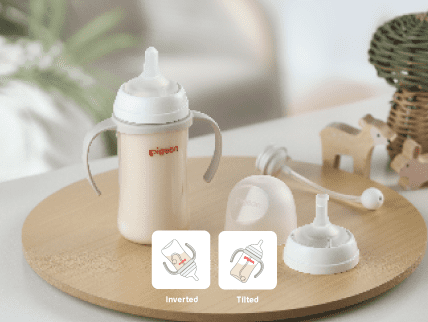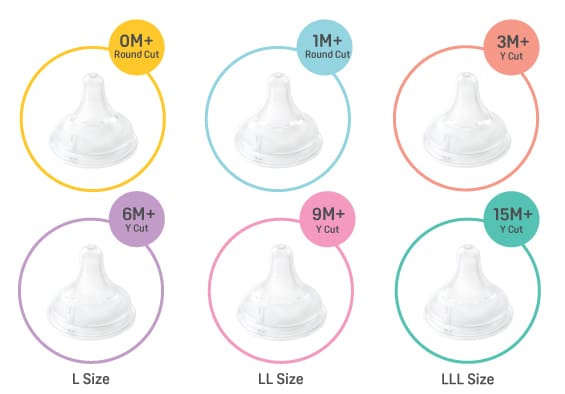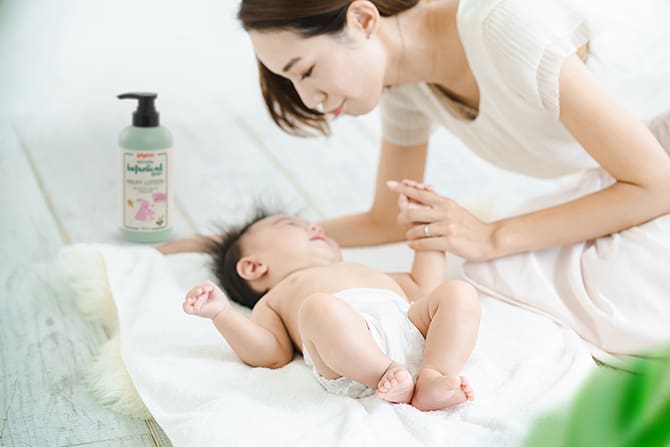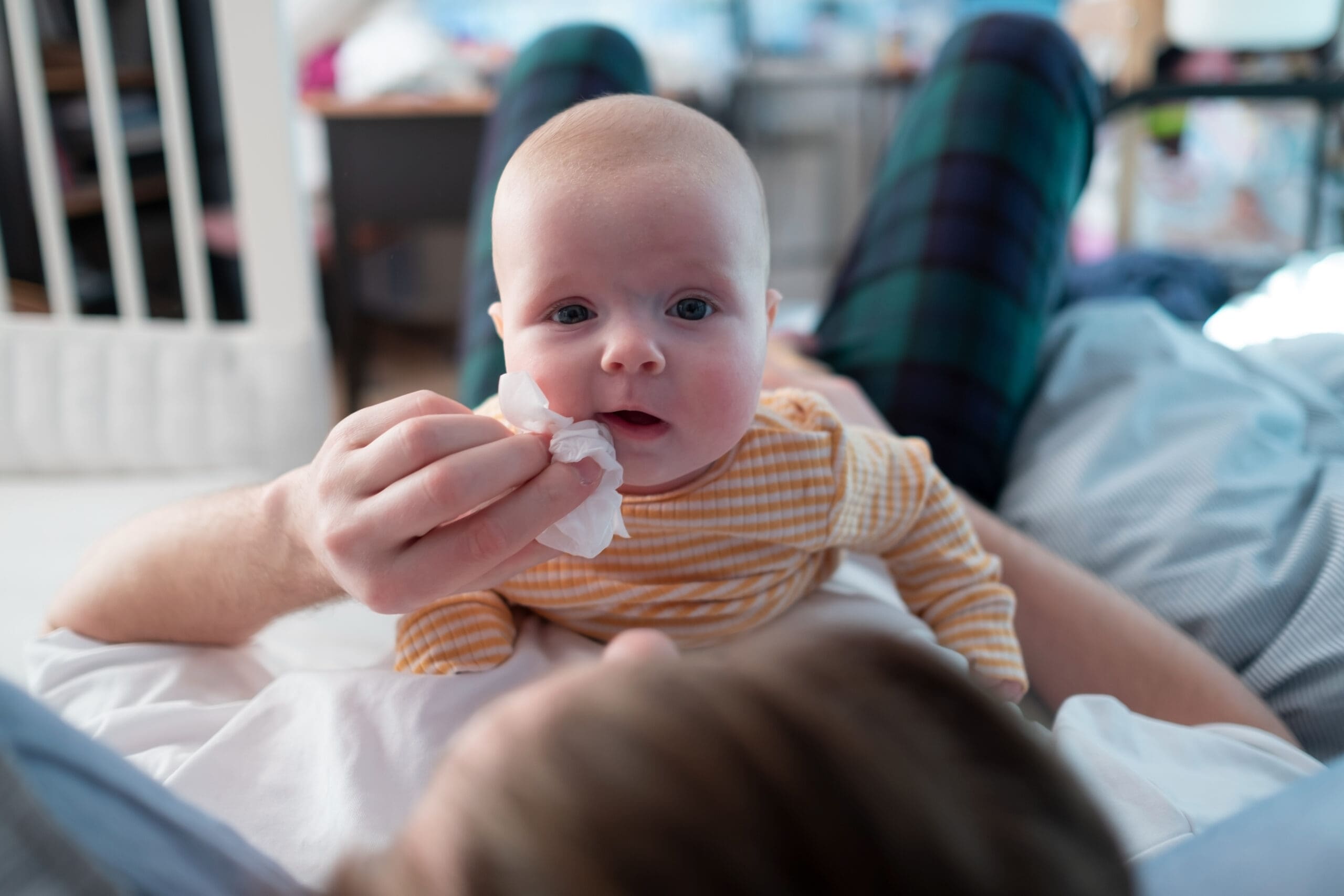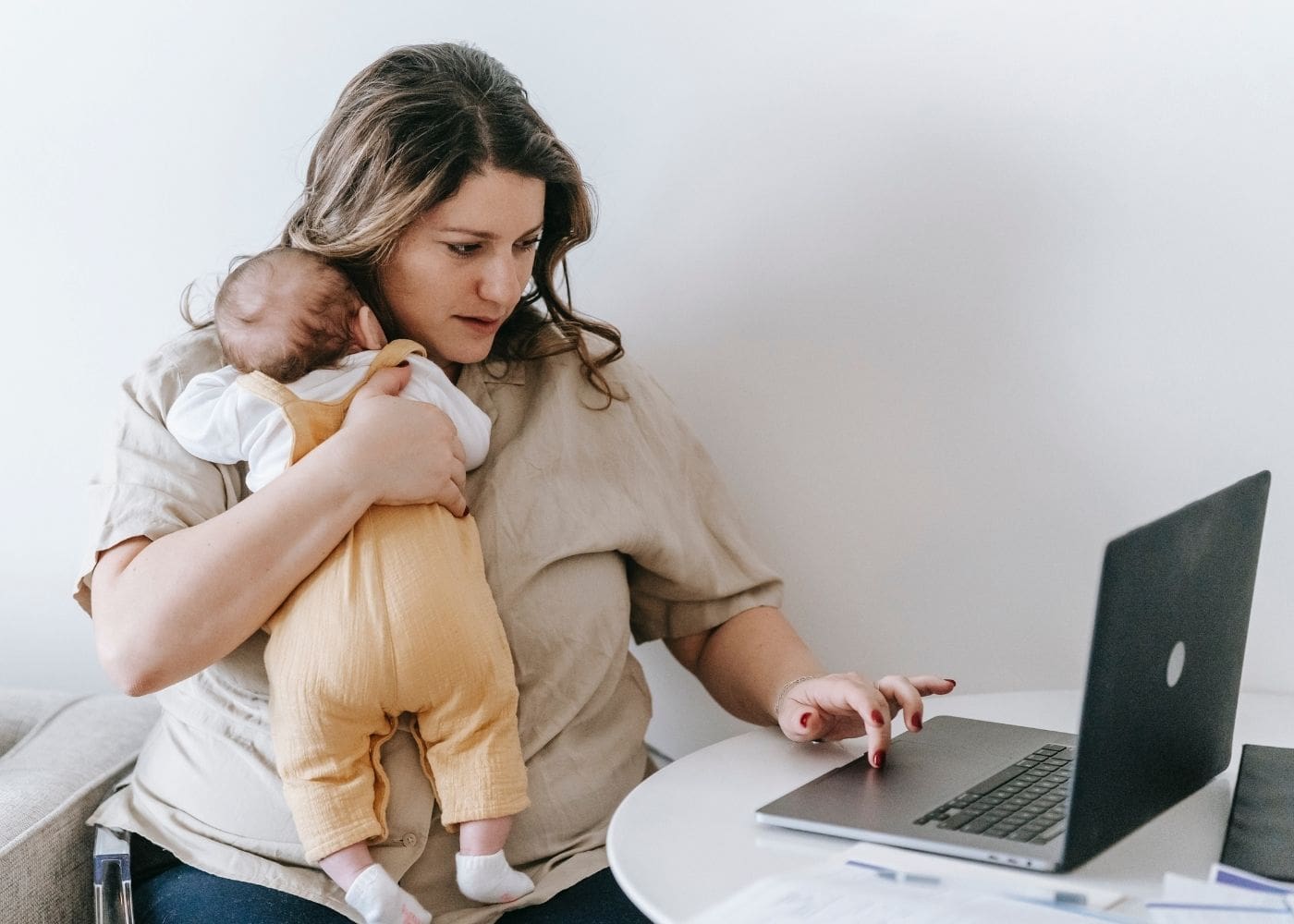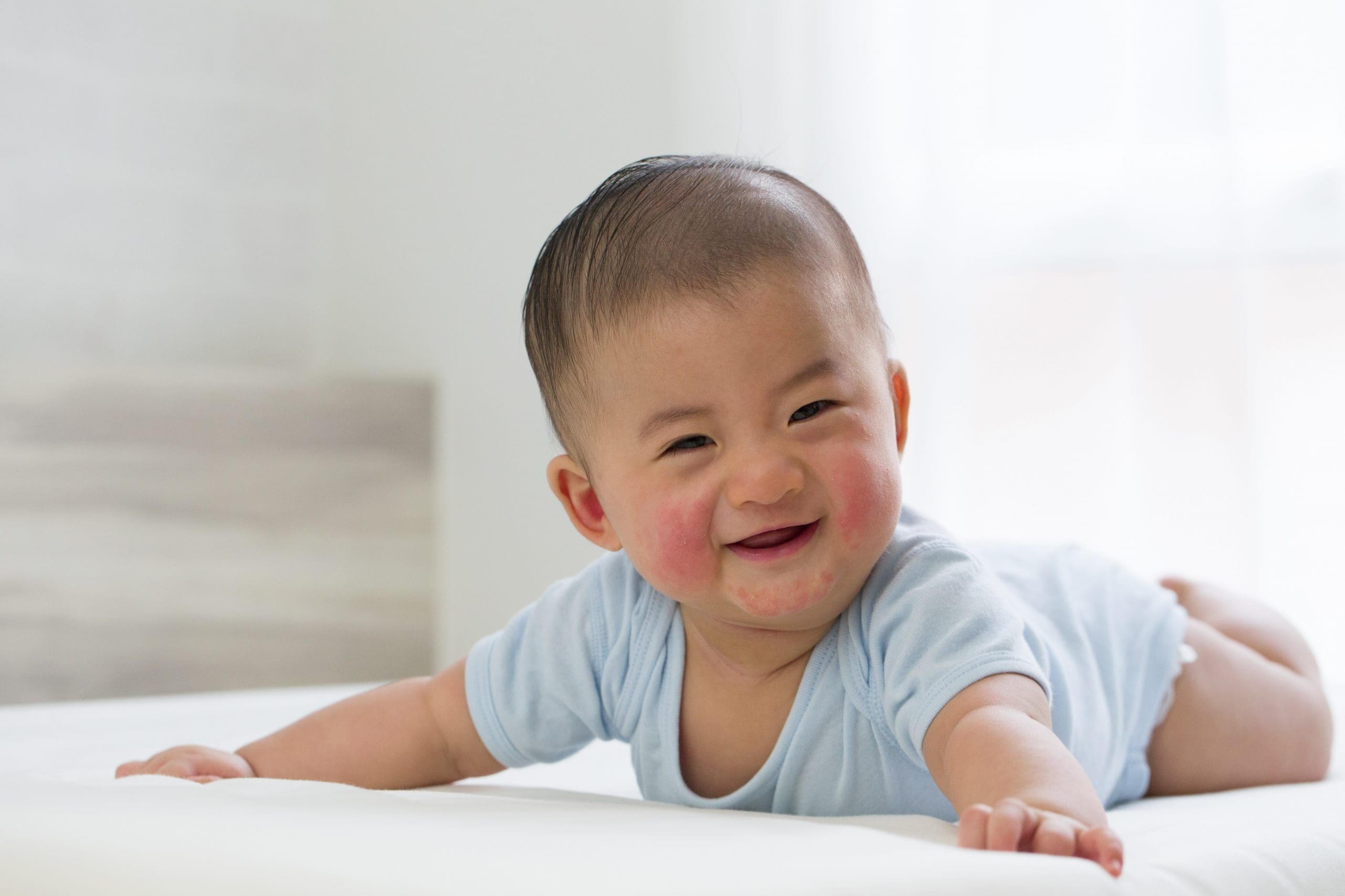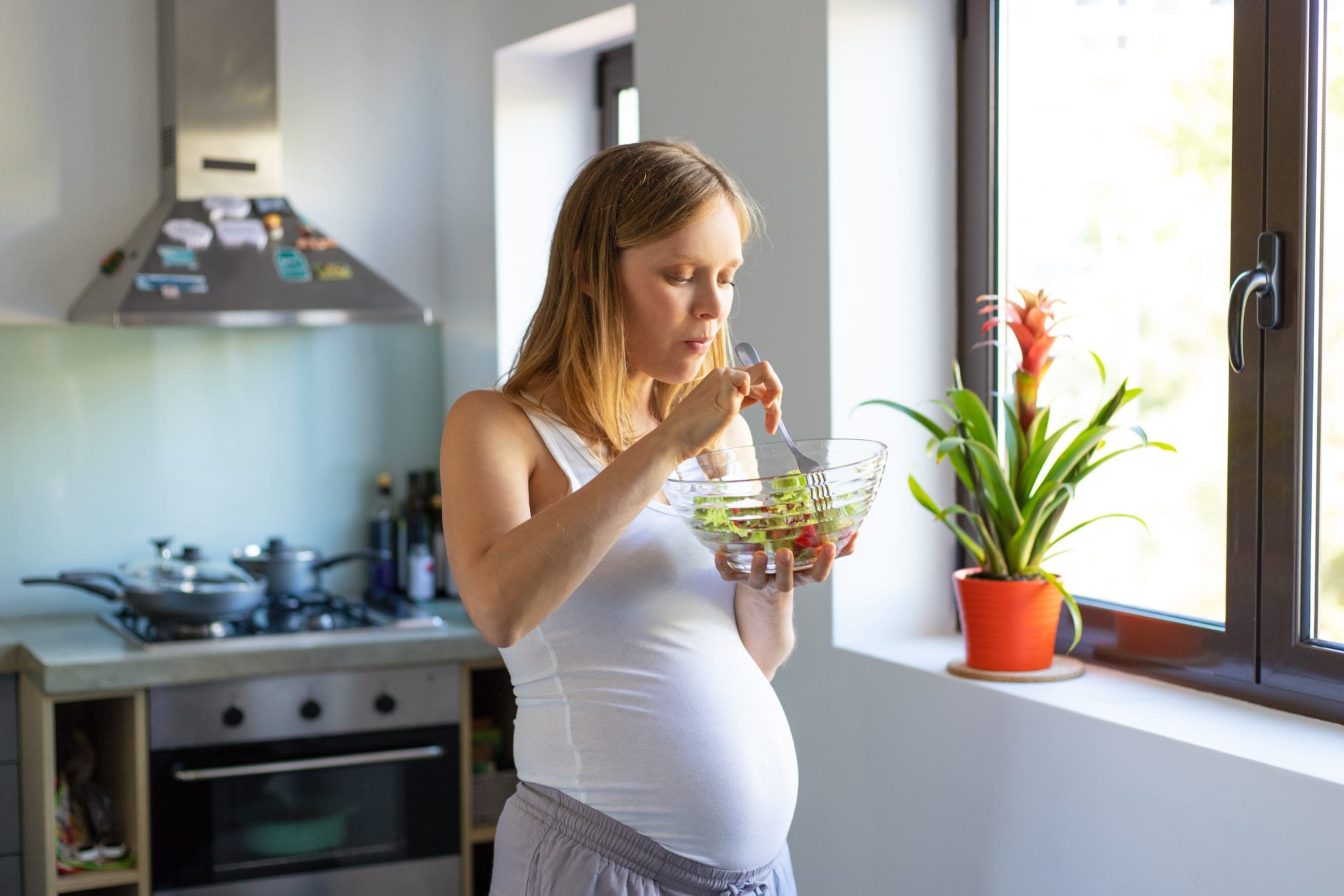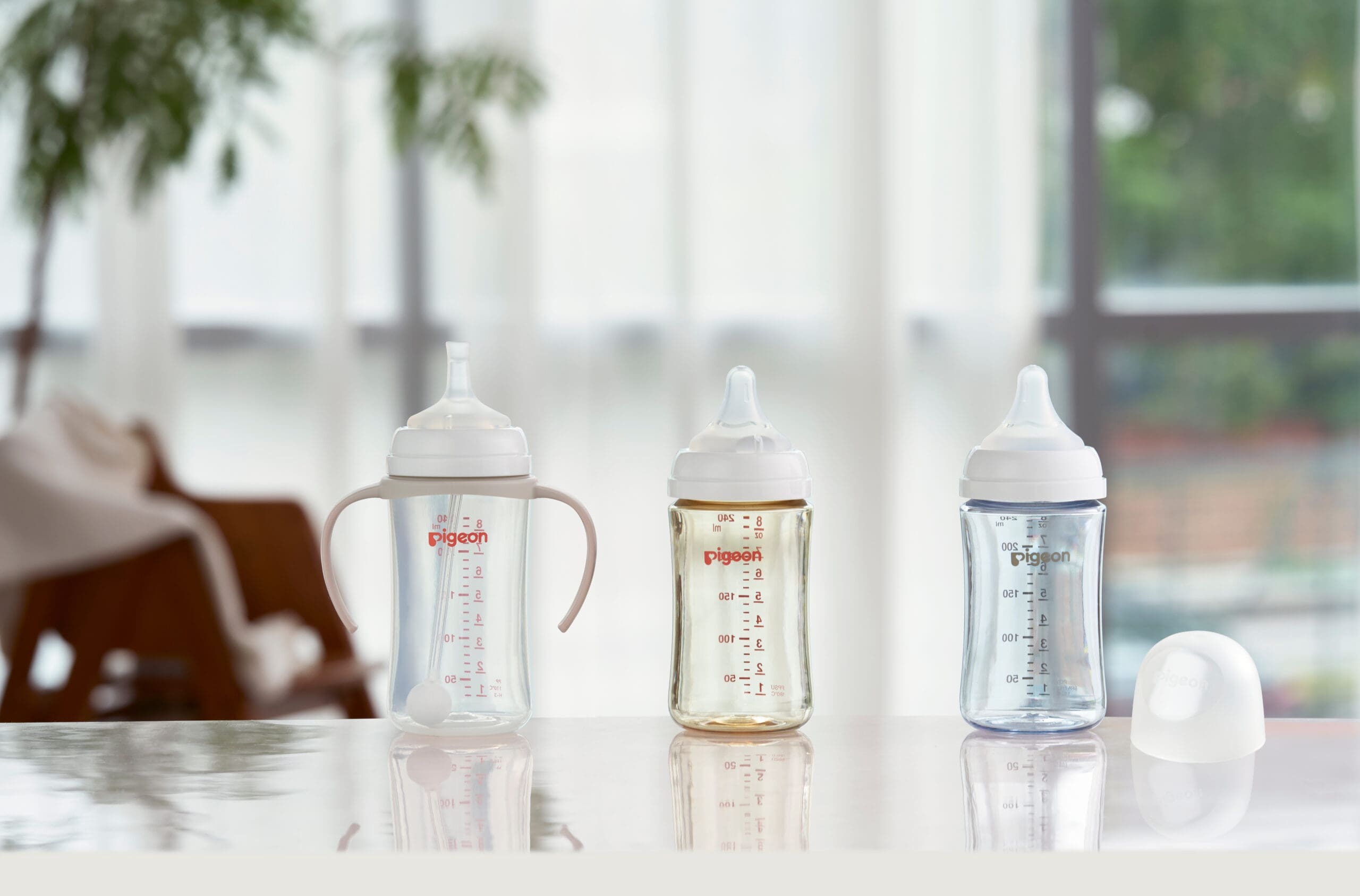Postpartum recovery doesn’t happen overnight. Follow this comprehensive timeline to help you make a smooth and healthy recovery!
Having a baby is one of the most memorable experiences a mother will ever go through. The excitement of bringing your bundle of joy home aside, it can be easy to forget that your body has just endured nine months of physical and emotional changes, and it may take weeks or even months for you to return to your pre-pregnancy self.
To give you a better insight on what to expect after childbirth, here’s a postpartum recovery guide to help you cope with the healing process – one week at a time.
1st Week
You’ve just given birth, and you may have a hard time adjusting to your post-baby body as your uterus begins to contract back to its usual size. It’s not uncommon for you to experience varying levels of discomfort after a natural birth – an overall feeling of vaginal soreness and bleeding is normal. Taking a warm sitz bath, or applying some ice packs will help to soothe the pain. You may also want to avoid long periods of standing or sitting.
If you had a caesarean section, you may have difficulty moving around as your body is still healing from a major abdominal surgery. Once you’re feeling better, try getting up and walking around to avoid blood clots and swelling in your legs. This helps to improve circulation and promote healthy bowel function, all while speeding up your recovery. Keeping your incision dry and clean is especially important during the first week as it helps to prevent infection and scarring. To care for your scar, gently cleanse it with soap and water before patting it dry and applying an antibacterial ointment.
Beyond the physical changes, you’re also likely to have fluctuating hormone levels that may bring on the “baby blues” or postpartum depression (PPD) – please check in with your healthcare provider if you display signs of PPD. Mums who are choosing to breastfeed may also experience engorgement, which leads to swollen or cracked nipples in addition to a weakened milk flow. A good breast pump, a cold compress and a tube of nipple cream will come in handy in providing relief.
2 Weeks
At this point, some of you may still experience vaginal bleeding and occasional discharge. This usually lasts for around 6 to 8 weeks, but it should start to taper off from the second week onwards. Your wound may also start to get a little itchy, but don’t worry; this is completely normal and part of the healing process.
There are some women who may also have postpartum constipation after giving birth. Staying hydrated and consuming a fiber-rich diet of whole grains, fresh fruits and vegetables will help to get your bowel movements back on track in no time.
By now, you should be able to resume day-to-day activities and light exercise such as walking and stretching without much trouble. Just make sure to take things slow and get ample rest when needed. If you’re still feeling achy, try a hot shower or a heating pad.
3 to 6 Weeks
It seems like you’re recovering well! Postpartum bleeding should see a much lighter flow and will soon come to an end during this phase, although there’s a chance that it may start up again.
At about 6 weeks, you’re likely to be given the green light by your doctor to resume exercise and sexual activity – but don’t feel pressured to be intimate if you don’t feel fully ready for it. Instead, you can focus on healing and connecting with your partner in other ways such as touching and cuddling. Meanwhile, some postpartum kegel exercises will help to get your pelvic floor muscles back in shape.
Likewise, take your time to ease yourself back into a fitness routine and go easy on the more intense workouts. While hitting the gym is out of the question for now, a stroll around the park, swimming or yoga will definitely be beneficial for your recovery.
Also, take the opportunity to discuss any concerns with your OB/GYN during your six-week checkup. Keeping up with your postnatal appointments are important as it ensures that you’re healing properly. You can also check in with them emotionally. If you still have lingering feelings of depression, hopelessness and severe mood swings at this point, it may be helpful to consult your doctor to seek appropriate treatment.
6 Months
During the first few months after childbirth, you may notice that clumps of hair are starting to fall out. But don’t panic just yet – postpartum hair loss is a normal occurrence that results from the sudden change in hormones, and your crowning glory will return to its lush, voluminous state around the six-month mark. Furthermore, you will start to regain full bladder control if you have been experiencing urinary incontinence post-delivery.
Your period should also come back anytime now. Those who aren’t breastfeeding usually get it within the first 6 to 12 weeks, but most nursing mothers will find that their period can be delayed for several months. This is because the hormone that is needed for milk production, actually suppresses ovulation and prevents you from having a period. However, keep in mind that breastfeeding doesn’t protect you from conceiving and it’s possible to ovulate before menstruating. Hence, it’s wise to discuss birth control options with your doctor if you’re concerned about an unwanted pregnancy.
Most importantly, remember that every woman’s recovery journey is different, so give yourself all the time it needs to heal and allow yourself to celebrate your postpartum body. Welcome to motherhood!

